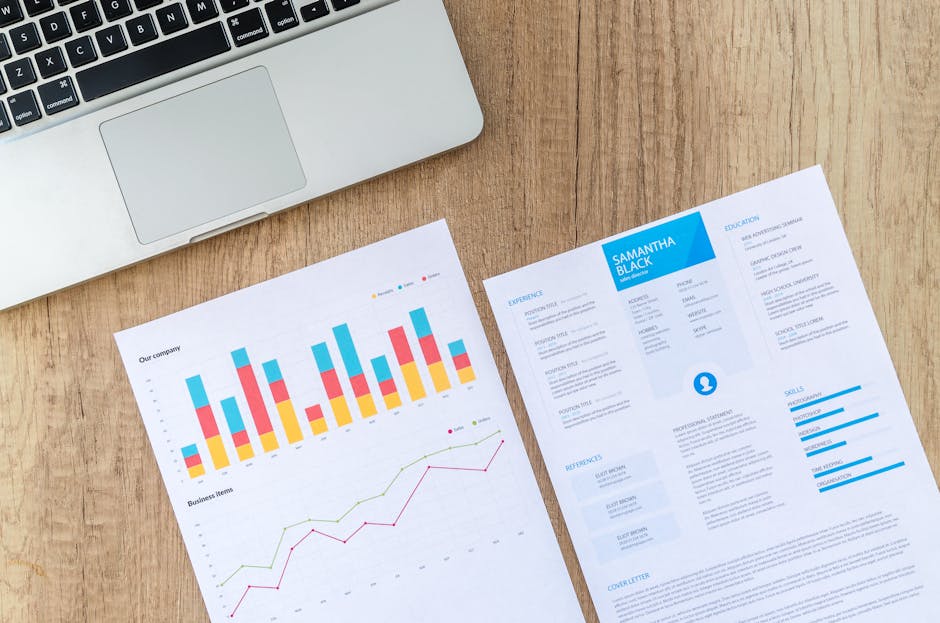Revolutionizing the Workplace: The Power of Employee Experience Software
“Employee experience software is reshaping the modern workplace, offering innovative solutions for HR, IT, and Facilities teams. This article explores the benefits and key features of workplace experience platforms, highlighting their role in creating sustainable, efficient, and engaging work environments. ”

Revolutionizing the Workplace: The Power of Employee Experience Software
In today's rapidly evolving business landscape, organizations are increasingly recognizing the importance of creating positive and engaging work environments. Enter employee experience software – a game-changing technology that's transforming how companies manage their workplaces and interact with their employees.

Understanding Employee Experience Software
Employee experience software, also known as workplace experience software, is a comprehensive solution designed to optimize workspace utilization, enhance employee engagement, and streamline operations. This innovative technology goes beyond traditional resource scheduling systems, offering a holistic approach to creating an environment that fosters creativity, productivity, and well-being.
Key Features of Workplace Experience Platforms
-
Personalization Capabilities: These platforms allow employees to customize their work environment, from desk preferences to task management styles, fostering a sense of belonging.
-
Analytics and Reporting Tools: Interactive dashboards provide valuable insights into productivity metrics and employee satisfaction levels.
-
Integration with Existing Systems: Seamless integration with calendar programs and communication tools creates a unified operational flow.
-
Employee Engagement and Feedback Mechanisms: Active involvement and constructive feedback channels promote growth and continuous improvement.
-
Automation and AI Enhancements: These features augment employee capabilities, driving efficiency and smart decision-making.
Benefits Across the Organization
For IT Teams
IT departments benefit significantly from workplace experience software:
- Seamless integration with existing systems reduces technical support needs
- Enhanced security measures protect sensitive information
- Real-time data analytics help optimize scheduling processes and maintenance cycles
For HR Departments
Human Resources teams can leverage this technology to:
- Centralize employee requests and concerns management
- Gather insights on workspace preferences to improve overall employee experience
- Create personalized approaches for individual employees
- Implement flexible work arrangements, boosting employee autonomy and satisfaction

For Facilities & Operations
Facilities teams can optimize space, resources, and energy consumption:
- Implement hot desking and desk hoteling to reduce office space without impacting productivity
- Monitor energy usage patterns to create more sustainable workspaces
- Utilize real-time analytics to adjust lighting and HVAC systems based on actual occupancy
- Automate tasks like resource booking and visitor management, saving time and improving accuracy
Transforming Workplace Dynamics
Enabling Hybrid Work Models
Employee experience software plays a crucial role in implementing successful hybrid work models:
- Allows employees to choose when to work from home or the office
- Increases productivity by giving employees more control over their schedules
- Expands talent pools across geographic boundaries
- Reduces costs for both employers and employees
Creating Sustainable Workplaces
Sustainability is a growing concern for many organizations. Workplace experience software contributes to this goal by:
- Tracking and forecasting carbon emissions
- Incentivizing employees to adopt sustainable practices
- Optimizing space utilization to reduce energy consumption
Improving Data-Driven Decision Making
With robust workplace analytics, organizations can:
- Gain real-time insights into workspace utilization
- Identify bottlenecks in workflow processes
- Tailor facilities management strategies based on employee preferences and behaviors

Implementing Employee Experience Software
To successfully implement workplace experience software, consider the following steps:
-
Assess Your Needs: Identify the specific challenges your organization faces in terms of workplace management and employee experience.
-
Choose the Right Solution: Research various platforms to find one that aligns with your organization's goals and integrates well with existing systems.
-
Plan for Change Management: Prepare your employees for the transition by communicating the benefits and providing adequate training.
-
Ensure Security and Compliance: Prioritize workplace security and compliance throughout the implementation process.
-
Monitor and Iterate: Regularly analyze the data provided by the software to continually improve your workplace strategies.
Conclusion
Employee experience software is revolutionizing the modern workplace, offering innovative solutions for HR, IT, and Facilities teams. By implementing these powerful tools, organizations can create more engaging, efficient, and sustainable work environments that boost employee satisfaction and drive business success.
As we continue to navigate the evolving landscape of work, embracing technologies that enhance the employee experience will be crucial for organizations looking to attract and retain top talent. The future of work is here, and it's powered by employee experience software.